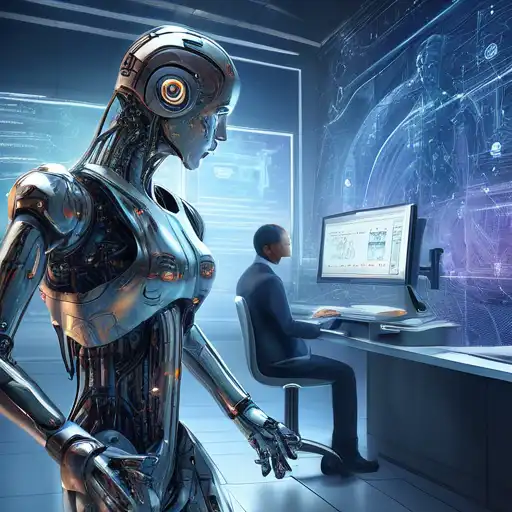Introduction to AI and Machine Learning
In the rapidly evolving world of technology, Artificial Intelligence (AI) and Machine Learning (ML) are two terms that often come up in discussions about the future of computing and automation. While they are closely related, they are not the same thing. This article aims to clarify the differences between AI and ML, providing a comprehensive overview of each.
What is Artificial Intelligence?
Artificial Intelligence is a broad field of computer science focused on creating systems capable of performing tasks that typically require human intelligence. These tasks include problem-solving, recognizing speech, learning, planning, and understanding natural language. AI can be categorized into two types: narrow AI, which is designed to perform a narrow task (e.g., facial recognition or internet searches), and general AI, which can perform any intellectual task that a human can.
What is Machine Learning?
Machine Learning is a subset of AI that involves the development of algorithms that allow computers to learn from and make decisions based on data. Instead of being explicitly programmed to perform a task, ML systems use statistical techniques to learn patterns in data, improving their performance over time. ML is behind many of the services we use today, such as recommendation systems, predictive text, and fraud detection.
Key Differences Between AI and Machine Learning
While AI and ML are interconnected, there are key differences that set them apart:
- Scope: AI has a broader scope, aiming to simulate human intelligence in machines. ML, on the other hand, focuses specifically on enabling machines to learn from data.
- Functionality: AI systems are designed to perform tasks that require human intelligence, such as reasoning and problem-solving. ML systems are designed to learn from data and improve their performance on a specific task.
- Dependency: ML is a method for achieving AI. Not all AI systems use ML, but all ML systems are a part of AI.
Applications of AI and Machine Learning
Both AI and ML have a wide range of applications across various industries. AI is used in robotics, natural language processing, and autonomous vehicles, among others. ML is widely used in data analysis, predictive modeling, and personalized recommendations. Together, they are transforming industries by enabling smarter decision-making and automation.
Conclusion
Understanding the difference between AI and Machine Learning is crucial for anyone looking to delve into the field of technology. While AI encompasses the broader goal of creating intelligent machines, ML provides the tools and techniques to achieve this goal through data-driven learning. As technology continues to advance, the synergy between AI and ML will undoubtedly lead to more innovative and intelligent solutions.
For more insights into the world of technology and data science, explore our Tech Trends section.
